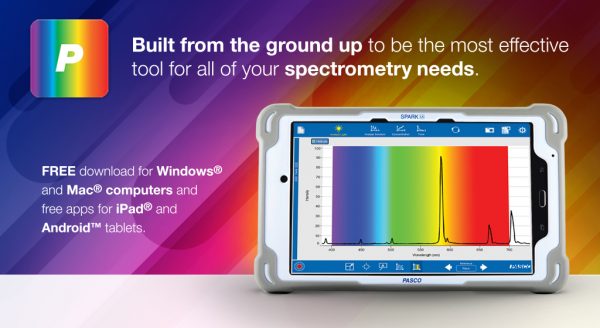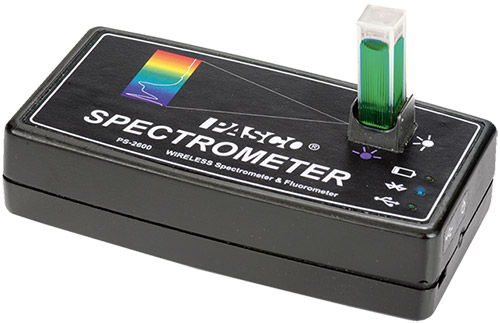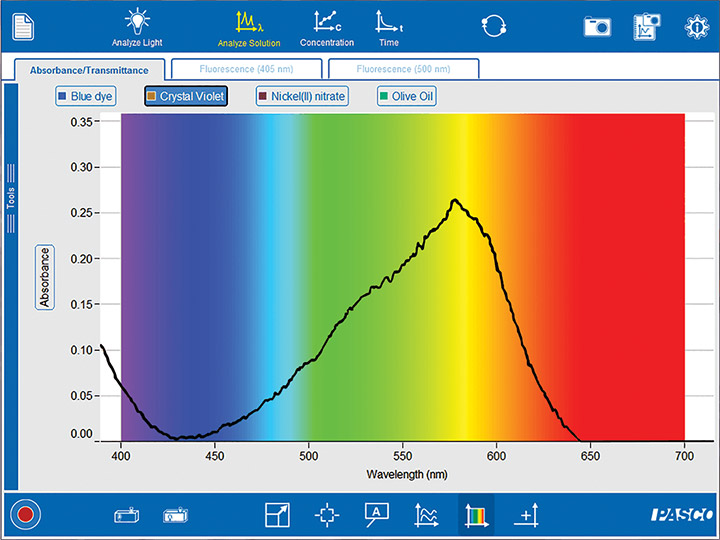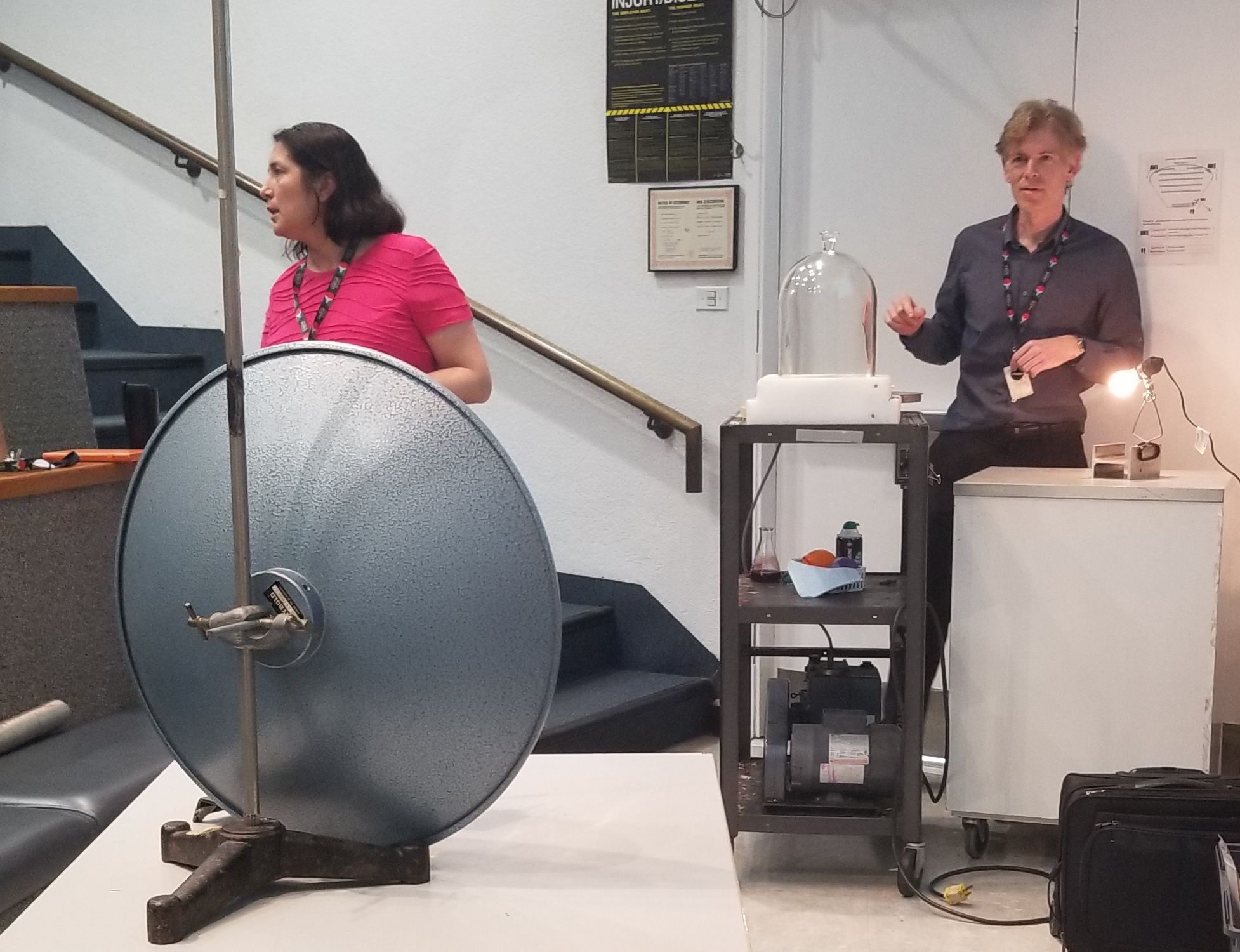PASCO’s Exceptional 5-year Warranty
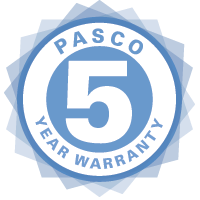
Most companies offer a one year warranty, and a smaller number have an extended warranty for two years. PASCO’s five year warranty is exceptional and is demonstrative of a company that has immense confidence in the products they manufacturer and also capability to live-up to its promising when an issue arises.
“Happy customers are repeat customers, and keeping our word and your trust is simply good for business.”
PASCO Teacher Support Team
What’s the catch? Will PASCO really repair or replace a defective product for 5 years? The answer is yes! As long as the product was not tampered with or damaged due to misuse, PASCO will repair or replace the unit in a timely and efficient manner
A hassle-free process – PASCO does not want you to waste your valuable time and energy by needlessly jumping through hoops. To process a warranty claim, a simple short conversation is often all that is required. If a repair is required, return labels and shipping instructions will be quickly emailed.
Why PASCO can afford such a long warranty
Products are designed for student use – Student labs can be tough – really tough – on equipment. PASCO has 55 years of experience producing long-lasting high quality instructional equipment and educational technology. Thoroughly testing products before shipping to customers is also a critical step in the process.
Always be prepared – is the famous Scout moto that is central to PASCO’s commitment to honoring its warranty promise. For at least 5 years after purchase PASCO will maintain a dedicated inventory of replacement units – even for products that have been discontinued. In addition, PASCO has an extensive inventory of replacement parts and occasionally surprises customers (in a very pleasant way) by helping revive an old but still valuable piece of equipment that was purchased decades ago.

